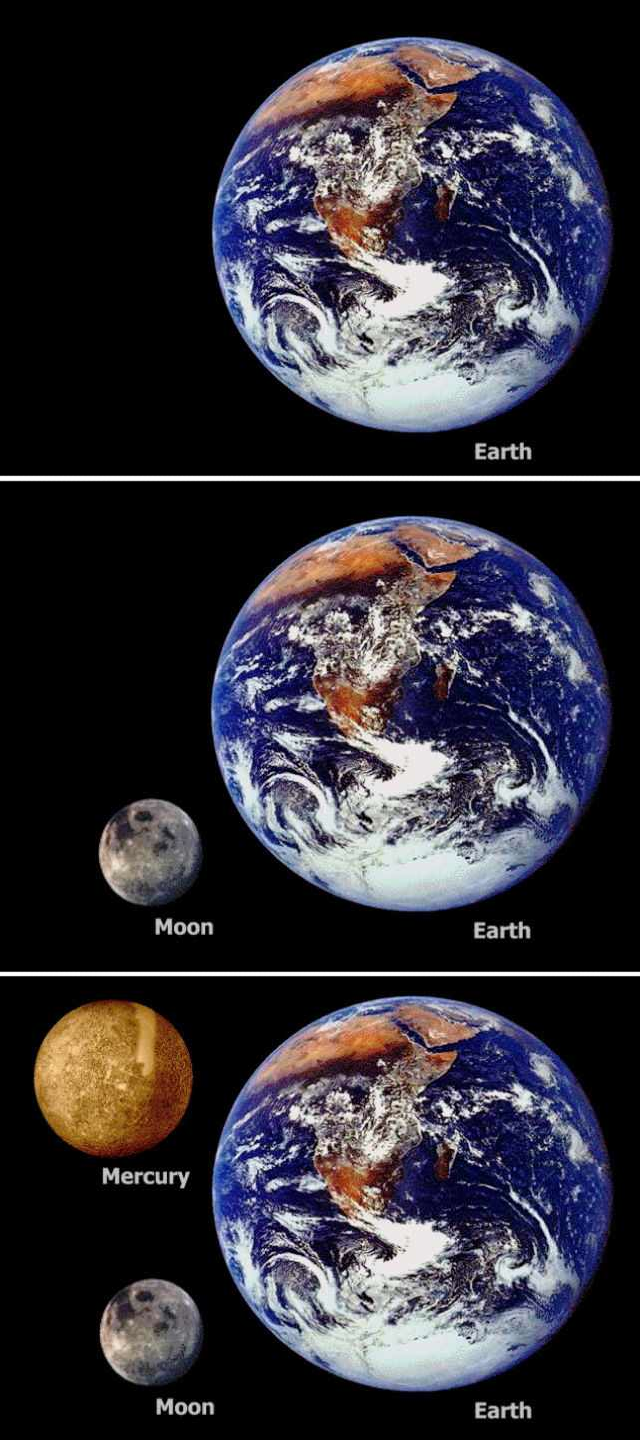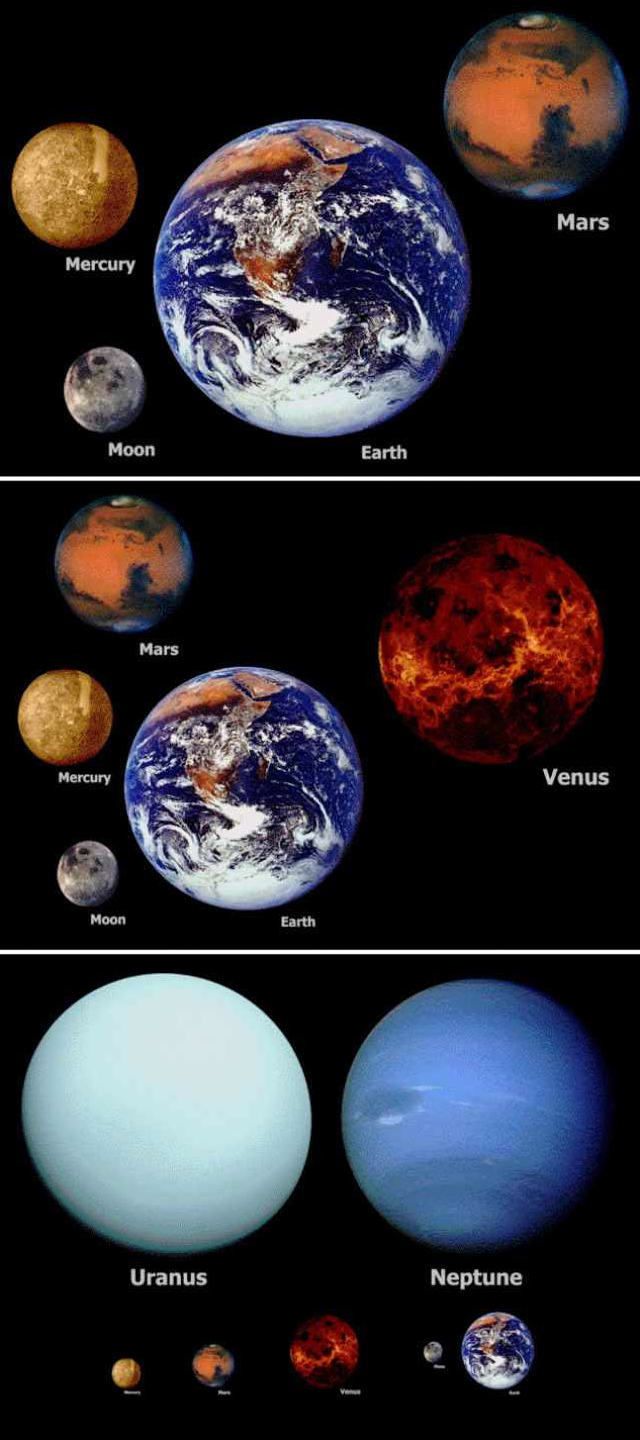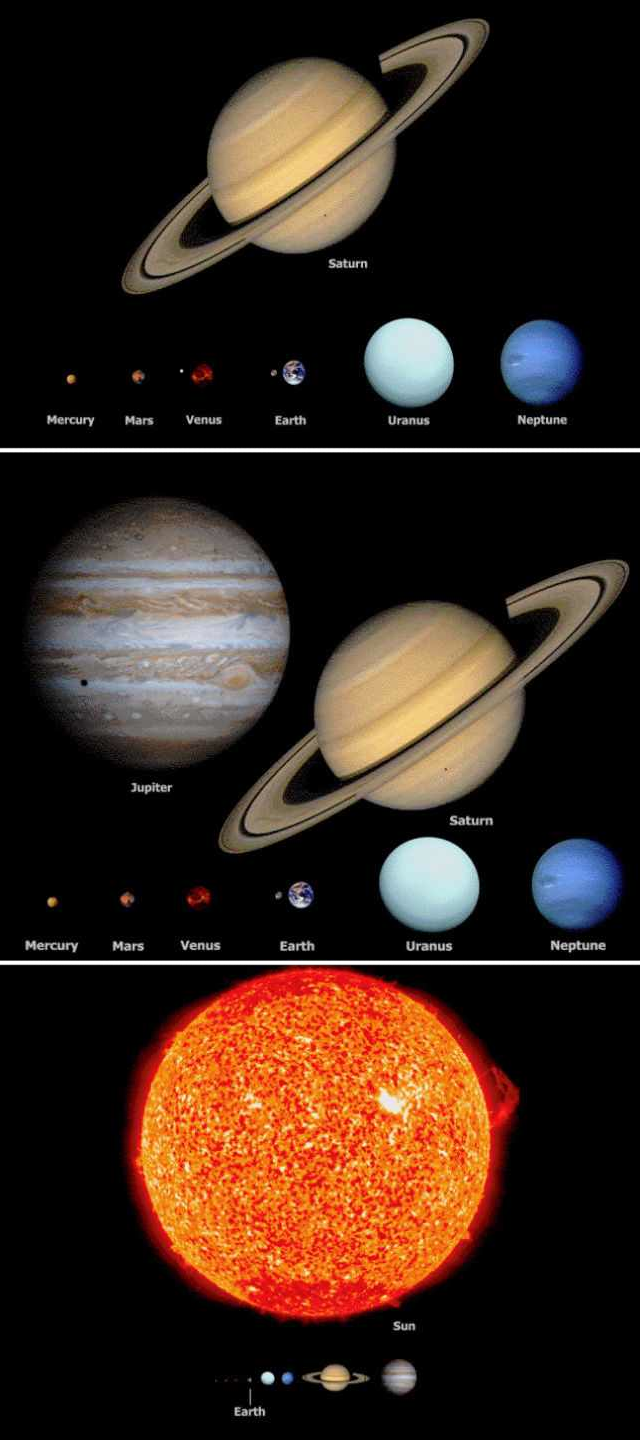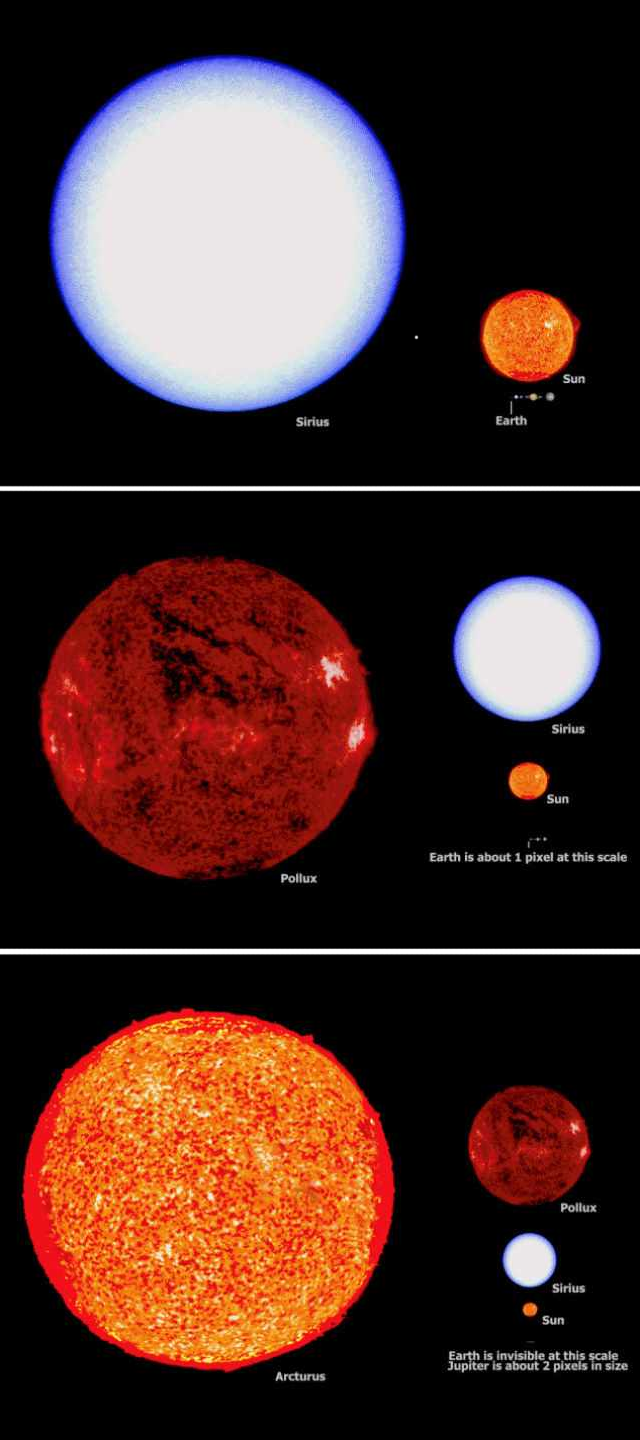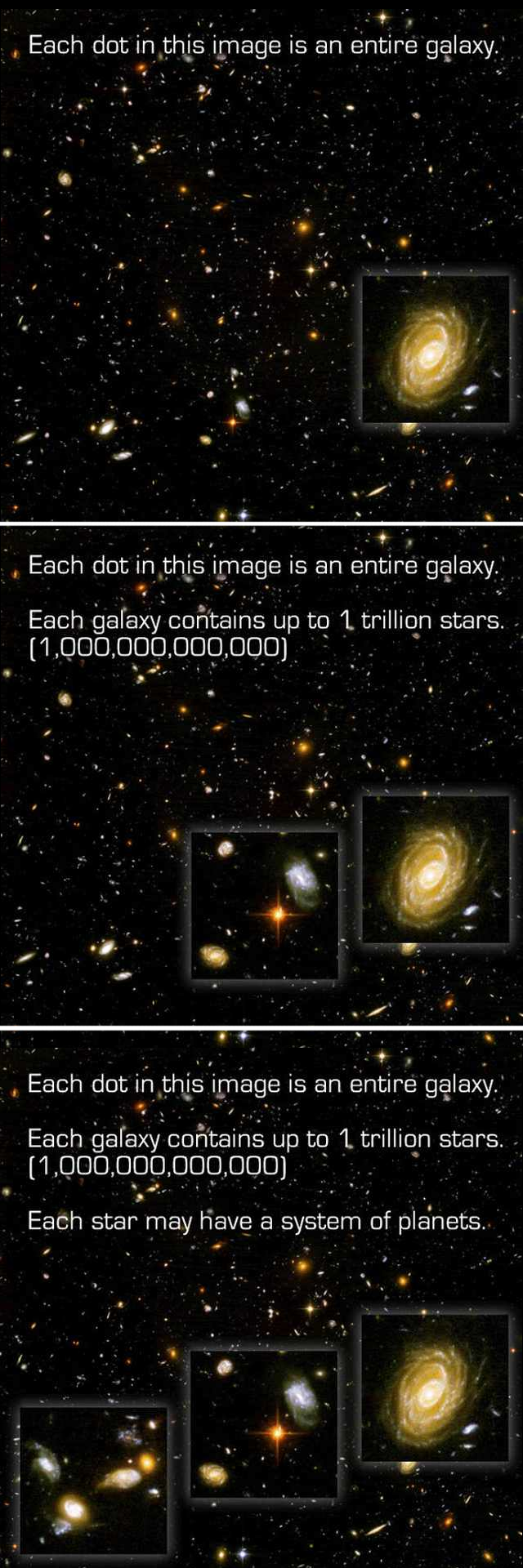ADIOS

ADIOS
More Posts from Science-child and Others







hey everyone! i’m a peer tutor at my university and i wanted to share some study strategies that i’ve found really helpful in my stem/content-heavy courses. please feel free to share yours with me as well!
(image descriptions under the cut)
Keep reading
How will the audio feed from Perseverance make its way back to Earth?


SHIELDS Up! NASA Rocket to Survey Our Solar System’s Windshield Apr 16, 2021
Eleven billion miles away – more than four times the distance from us to Pluto – lies the boundary of our solar system’s magnetic bubble, the heliopause. Here the Sun’s magnetic field, stretching through space like an invisible cobweb, fizzles to nothing. Interstellar space begins. “It’s really the largest boundary of its kind we can study,” said Walt Harris, space physicist at the University of Arizona in Tucson.
We still know little about what lies beyond this boundary. Fortunately, bits of interstellar space can come to us, passing right through this border and making their way into the solar system.
A new NASA mission will study light from interstellar particles that have drifted into our solar system to learn about the closest reaches of interstellar space. The mission, called the Spatial Heterodyne Interferometric Emission Line Dynamics Spectrometer, or SHIELDS, will have its first opportunity to launch aboard a suborbital rocket from the White Sands Missile Range in New Mexico on April 19, 2021.
Our entire solar system is adrift in a cluster of clouds, an area cleared by ancient supernova blasts. Astronomers call this region the Local Bubble, an oblong plot of space about 300 light-years long within the spiraling Orion arm of our Milky Way galaxy. It contains hundreds of stars, including our own Sun.
We fare this interstellar sea is our trusty vessel, the heliosphere, a much smaller (though still gigantic) magnetic bubble blown up by the Sun. As we orbit the Sun, the solar system itself, encased in the heliosphere, hurtles through the Local Bubble at about 52,000 miles per hour (23 kilometers per second). Interstellar particles pelt the nose of our heliosphere like rain against a windshield.
Our heliosphere is more like a rubber raft than a wooden sailboat: Its surroundings mold its shape. It compresses at points of pressure, expands where it gives way. Exactly how and where our heliosphere’s lining deforms gives us clues about the nature of the interstellar space outside it. This boundary – and any deformities in it – are what Walt Harris, principal investigator for the SHIELDS mission, is after.
SHIELDS is a telescope that will launch aboard a sounding rocket, a small vehicle that flies to space for a few minutes of observing time before falling back to Earth. Harris’ team launched an earlier iteration of the telescope as part of the HYPE mission in 2014, and after modifying the design, they’re ready to launch again.
SHIELDS will measure light from a special population of hydrogen atoms originally from interstellar space. These atoms are neutral, with a balanced number of protons and electrons. Neutral atoms can cross magnetic field lines, so they seep through the heliopause and into our solar system nearly unfazed – but not completely.
The small effects of this boundary crossing are key to SHIELDS’s technique. Charged particles flow around the heliopause, forming a barrier. Neutral particles from interstellar space must pass through this gauntlet, which alters their paths. SHIELDS was designed to reconstruct the trajectories of the neutral particles to determine where they came from and what they saw along the way.
A few minutes after launch, SHIELDS will reach its peak altitude of about 186 miles (300 kilometers) from the ground, far above the absorbing effect of Earth’s atmosphere. Pointing its telescope towards the nose of the heliosphere, it will detect light from arriving hydrogen atoms. Measuring how that light’s wavelength stretches or contracts reveals the particles’ speed. All told, SHIELDS will produce a map to reconstruct the shape and varying density of matter at the heliopause.
The data, Harris hopes, will help answer tantalizing questions about what interstellar space is like.
For instance, astronomers think the Local Bubble as a whole is about 1/10th as dense as most of the rest of the galaxy’s main disk. But we don’t know the details – for instance, is matter in the Local Bubble is distributed evenly, or bunched up in dense pockets surrounded by nothingness? “There’s a lot of uncertainty about the fine structure of the interstellar medium – our maps are kind of crude,” Harris said. “We know the general outlines of these clouds, but we don’t know what’s happening inside them.”
Astronomers also don’t know much about the galaxy’s magnetic field. But it should leave a mark on our heliosphere that SHIELDS can detect, compressing the heliopause in a specific way based on its strength and orientation.
Finally, learning what our current plot of interstellar space is like could be a helpful guide for the (distant) future. Our solar system is just passing through our current patch of space. In some 50,000 years, we’ll be on our way out of the Local Bubble and on to who knows what.
“We don’t really know what that other cloud is like, and we don’t know what happens when you cross a boundary into that cloud,” Harris said. “There’s a lot of interest in understanding what we’re likely to experience as our solar system makes that transition.”
Not that our solar system hasn’t done it before. Over the last four billion years, Harris explains, Earth has passed through a variety of interstellar environments. It’s just that now we’re around, with the scientific tools to document it.
“We’re just trying to understand our place in the galaxy, and where we’re headed in the future,” Harris said.
TOP IMAGE….An illustration of the heliosphere being pelted with cosmic rays from outside our solar system. Credit: NASA’s Goddard Space Flight Center/Conceptual Image Lab
LOWER IMAGE….Illustration of the Local Bubble. Credits: NASA’s Goddard Space Flight Center
We Found the Perfect Spot to Land our Moon Rover

After an extensive selection process, we chose the mountainous area west of Nobile Crater at the Moon’s South Pole as the landing site for our first-ever robotic Moon rover. The Volatiles Investigating Polar Exploration Rover, or VIPER, will explore the Moon’s surface and subsurface in search of water and other resources beginning in late 2023. Thanks to past missions, such as satellites orbiting the Moon or impacting its surface, we know there is ice at the Moon’s poles. But how much? And where did it come from? VIPER aims to answer these questions and more by venturing into shadowed craters and visiting other areas of scientific interest over its 100-day mission. The findings will inform future landing sites under the Artemis program and help pave the way toward establishing a long-term human presence on the Moon. Here are five things to know:
The landing site is located just outside the western rim of Nobile Crater at the Moon’s South Pole.

The region has suitable lighting and terrain for our solar-powered rover to navigate.

VIPER will travel up to 15 miles in search of water and other resources.

Its traverse will change depending on what it finds, but it could look like this.

Drivers on Earth will tell the rover where to explore during its 100-day mission.

The VIPER mission is managed by our Ames Research Center in California's Silicon Valley. The approximately 1,000-pound rover will be delivered to the Moon by a commercial vendor as part of our Commercial Lunar Payload Services initiative, delivering science and technology payloads to and near the Moon.
Make sure to follow us on Tumblr for your regular dose of space.
Women who had ADHD (24%) [were more likely to have attempted suicide] compared to women who had not (3%).
Men with ADHD were also more likely to have attempted suicide compared to men without ADHD (9% vs. 2%).
Adults with ADHD were much more likely to have attempted suicide than those without (14.0% vs. 2.7%).
(Study in full)
-
 torahammas liked this · 3 years ago
torahammas liked this · 3 years ago -
 mischief02 liked this · 4 years ago
mischief02 liked this · 4 years ago -
 vidyagames0 liked this · 4 years ago
vidyagames0 liked this · 4 years ago -
 impiusangelus liked this · 4 years ago
impiusangelus liked this · 4 years ago -
 lazysagittarius liked this · 4 years ago
lazysagittarius liked this · 4 years ago -
 bearopp reblogged this · 4 years ago
bearopp reblogged this · 4 years ago -
 bearopp liked this · 4 years ago
bearopp liked this · 4 years ago -
 cel-likes-bread liked this · 4 years ago
cel-likes-bread liked this · 4 years ago -
 idontlikealotofthings liked this · 4 years ago
idontlikealotofthings liked this · 4 years ago -
 unewir liked this · 4 years ago
unewir liked this · 4 years ago -
 haven-is-happy liked this · 4 years ago
haven-is-happy liked this · 4 years ago -
 babyinterneteagle liked this · 4 years ago
babyinterneteagle liked this · 4 years ago -
 suyash3042 liked this · 4 years ago
suyash3042 liked this · 4 years ago -
 barefootrunner reblogged this · 4 years ago
barefootrunner reblogged this · 4 years ago -
 etchif liked this · 4 years ago
etchif liked this · 4 years ago -
 luna-pink liked this · 4 years ago
luna-pink liked this · 4 years ago -
 thot-tum liked this · 4 years ago
thot-tum liked this · 4 years ago -
 yoannopolis liked this · 4 years ago
yoannopolis liked this · 4 years ago -
 spw-foundation liked this · 4 years ago
spw-foundation liked this · 4 years ago -
 chairwiththreelegs liked this · 4 years ago
chairwiththreelegs liked this · 4 years ago -
 dullataxia liked this · 4 years ago
dullataxia liked this · 4 years ago -
 coffeelovescats liked this · 4 years ago
coffeelovescats liked this · 4 years ago -
 blockyuniverse liked this · 4 years ago
blockyuniverse liked this · 4 years ago -
 stayweird13 liked this · 4 years ago
stayweird13 liked this · 4 years ago -
 purplewombateclipsebailiff liked this · 4 years ago
purplewombateclipsebailiff liked this · 4 years ago -
 jasmine-hair-oil liked this · 4 years ago
jasmine-hair-oil liked this · 4 years ago -
 chilli-bin liked this · 4 years ago
chilli-bin liked this · 4 years ago -
 lovesupck06 liked this · 4 years ago
lovesupck06 liked this · 4 years ago -
 toomanyhobbiesandthisisoneofthem liked this · 4 years ago
toomanyhobbiesandthisisoneofthem liked this · 4 years ago -
 not-the-other-23 liked this · 4 years ago
not-the-other-23 liked this · 4 years ago -
 itsjustaturt liked this · 4 years ago
itsjustaturt liked this · 4 years ago -
 alextrebeck liked this · 4 years ago
alextrebeck liked this · 4 years ago -
 dononothing liked this · 4 years ago
dononothing liked this · 4 years ago -
 irlfrancesjanvierr liked this · 4 years ago
irlfrancesjanvierr liked this · 4 years ago -
 knowledgethrill reblogged this · 4 years ago
knowledgethrill reblogged this · 4 years ago -
 uncomfortably-dreaming liked this · 4 years ago
uncomfortably-dreaming liked this · 4 years ago -
 palpietine-1 liked this · 4 years ago
palpietine-1 liked this · 4 years ago -
 thecloakmaster liked this · 4 years ago
thecloakmaster liked this · 4 years ago -
 amarac007-blog liked this · 4 years ago
amarac007-blog liked this · 4 years ago -
 ch4rl1e-n4g4ru liked this · 4 years ago
ch4rl1e-n4g4ru liked this · 4 years ago -
 aegri-somnia-vana reblogged this · 4 years ago
aegri-somnia-vana reblogged this · 4 years ago -
 aegri-somnia-vana liked this · 4 years ago
aegri-somnia-vana liked this · 4 years ago -
 andrzejdudamiedzymojeuda liked this · 4 years ago
andrzejdudamiedzymojeuda liked this · 4 years ago -
 rosenothorns03 liked this · 4 years ago
rosenothorns03 liked this · 4 years ago -
 feartheplumtree-blog liked this · 4 years ago
feartheplumtree-blog liked this · 4 years ago -
 joyfulspymakerwobbler liked this · 4 years ago
joyfulspymakerwobbler liked this · 4 years ago



